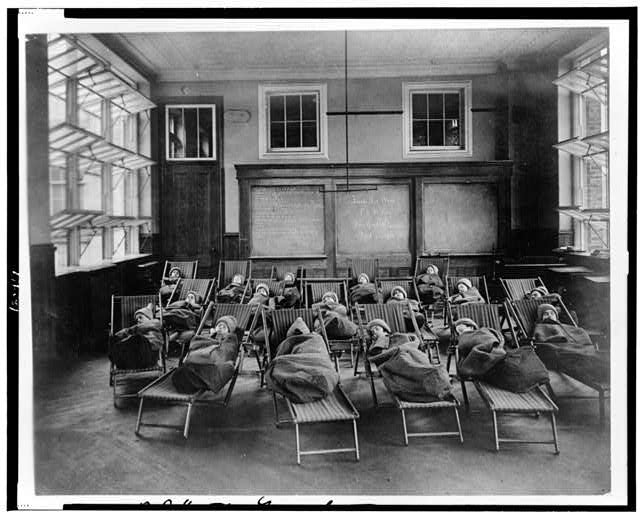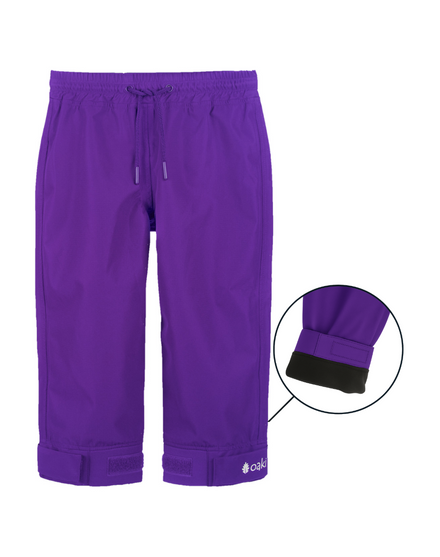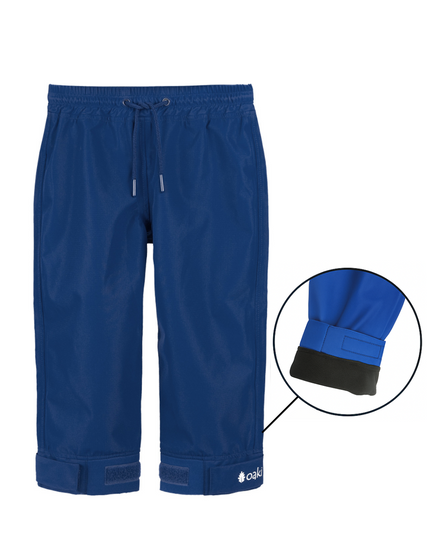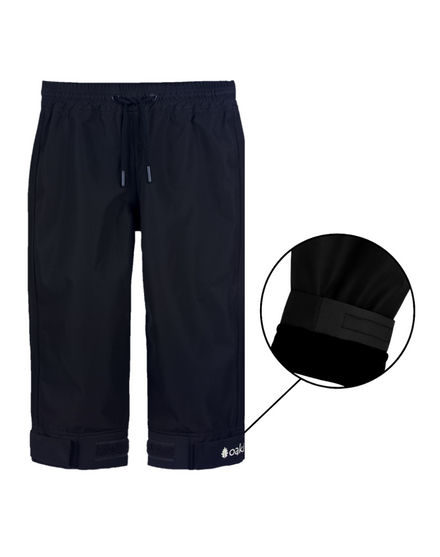When Classrooms Threw the Windows Wide Open

A century ago, teachers threw the windows wide open. In 2020, many of us did it again—and the benefits still stick.
In the winter of 1908, a group of Providence schoolchildren took their seats in a classroom with floor-to-ceiling windows swung wide—on purpose. Wrapped in thick “sitting bags” with heated soapstones at their feet, they learned reading and arithmetic in bracing fresh air. It was the first “open-air” school in the United States, created to keep kids healthier during the tuberculosis era, and it worked: by year’s end, none of the students fell ill and many showed health gains. Within two years, 65 open-air classes had sprung up nationwide; by 1918, 130 U.S. cities had some form of outdoor schooling.
The movement began a few years earlier in 1904 Berlin when pediatrician Dr. Bernhard Bendix and school inspector Hermann Neufert launched the Waldschule für kränkliche Kinder—literally a “forest school for sickly children.” Lessons, rest, hot meals, and play were held outdoors whenever possible, and the model spread quickly across Europe.
When COVID-19 arrived, schools reached for that same playbook. Districts pitched tents, moved reading circles outdoors, and reclaimed porches and courtyards as classrooms. One snapshot of that moment was captured by the New York Times feature on schools turning to outdoor gear—a piece that mentioned Oaki’s role in helping kids learn and play outside in any weather.
Why does this matter now? Because the core insight is timeless: regular time outdoors supports attention, mood, resilience, and community. Whether it’s a full forest-school program or ten minutes after dismissal, fresh air and unstructured play help kids reset and thrive.
Even before the pandemic shift outdoors—and ever since—we’ve equipped classrooms and nature programs so kids can learn, play, and explore in all weather. Rain or shine, we’re here to make “yes” to outside easier.
Photo: Rest Hour in A Fresh Air Classroom, Public School #51, Manhattan, New York City, 1911. Prints and Photographs Division, Library of Congress.





